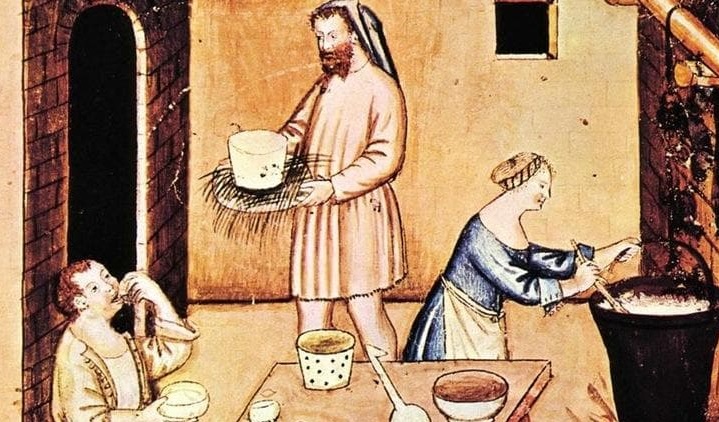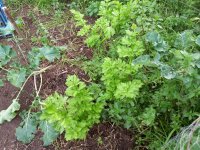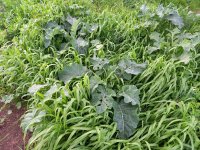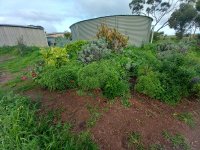So many gardeners in the UK will tell you that they don't bother growing brassicas because it's so difficult fending off the pests (primarily cabbage white).
Even some experienced youtube veg gardeners give up. Most will tell you the only way is to build brassica cages.
This got me thinking - how did brassicas ever become part of the British diet if they were so difficult to grow? Our ancestors didn't have time to baby their veg - they had work to do. Getting hold of netting would be difficult back then.
So what gives? Is the cabbage white problem a more recent vulnerability?
Even some experienced youtube veg gardeners give up. Most will tell you the only way is to build brassica cages.
This got me thinking - how did brassicas ever become part of the British diet if they were so difficult to grow? Our ancestors didn't have time to baby their veg - they had work to do. Getting hold of netting would be difficult back then.
So what gives? Is the cabbage white problem a more recent vulnerability?









